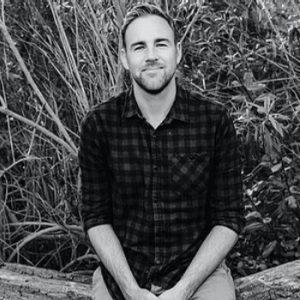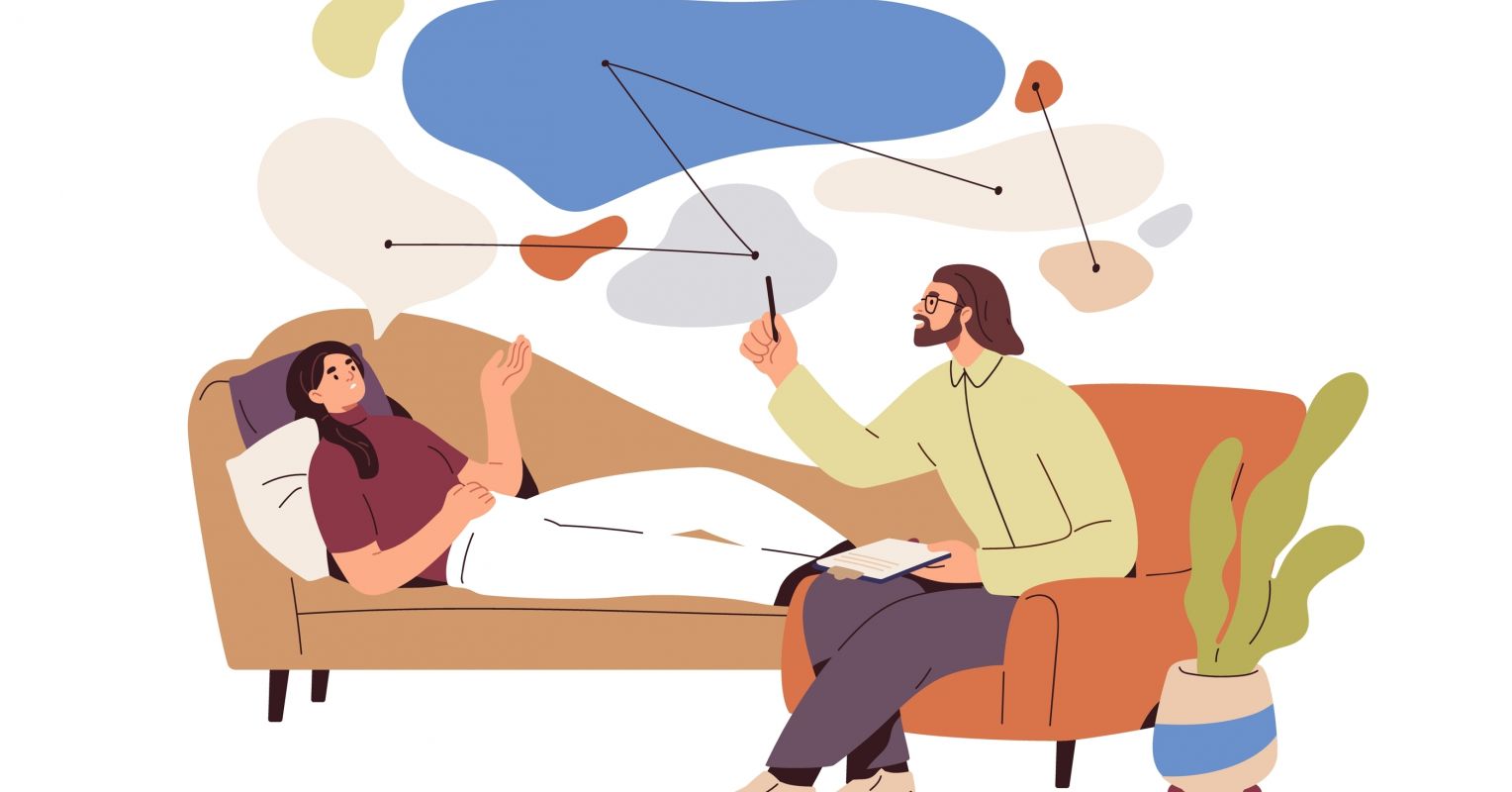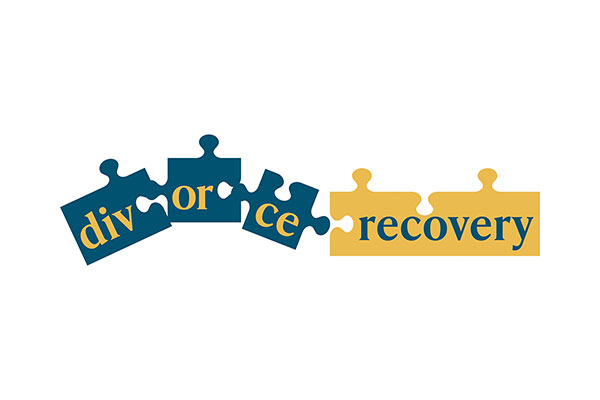We will look at all the bits of glass—elements of a developing psyche—but when put into the end of the tube, they mix together, swirl, and create a world of patterns, colors, and shapes we have never seen before. Here, we will look at each pile of colored glass. Theory binds our confusion. It gives us words, tells us where to look, and contains us. It focuses our lens so we can see what we might otherwise miss.
Object Relations
Formally named by Ronald Fairbairn in a departure from Freud’s drive theory, Object RelationsObject Relations refers to the emotional and psychological relationships individuals develop with si… focuses not on the biological drive’s source or aim but on its object—the human being. According to this theory, humans are primarily motivated by relationships, not just by the satisfaction of drives. Our patterns in relationships are shaped by three things:
1. Who we think the other is: We carry filters through which we perceive others—whether as safe, trustworthy, demanding, judgmental, nurturing, etc.
2. Who we believe ourselves to be: Are we lovable, unworthy, strong, anxious, awkward, or caretaking? Our self-imageSelf-Image refers to the way individuals perceive themselves, including their attributes, values, an… is shaped by early relational experiences.
3. The relational interface: This is how we prefer to be perceived and treated. We unconsciously pull for this dynamic in relationships, replicating what’s familiar.
“It’s like we master a set of dance steps. Some partners know the steps; others don’t. But we feel most at home dancing what we’ve always known.”
We are profoundly soothed by the familiar.
Internal vs. External Objects
External objects are the real people in our early life—parents, caregivers, siblings.
Internal objects are the internalized impressions or “psychic residues” of these relationships. We carry not only what was done to us, but how we felt in response—and, remarkably, even what we imagine our caregivers felt during those moments.
These internalized templates shape:
Our sense of self
Our emotional range
Our relational preferences
In times of distress, these internal objects re-emerge. If our caregiver calmed us, we may call on that calm. If they criticized us, we might replay their judgments inwardly.
Absorbing Both Sides
Children absorb:
What it felt like to be on the receiving end
The strategies they used to manage others
And the imagined emotional world of their caregivers
This early learning is pre-verbal and more enduring than later experiences. As children, we absorb experience; we don’t study it. Language comes later.
Origins of Self and Other
From birth, we inherit a pre-existing interpersonal environment. Through interactions—especially with our primary caregivers—we construct internal models of self and other. These are based not only on how we are treated, but on how we experience our caregivers responding to us.
“The precursor to the mirror is the mother’s face.” —Winnicott
Imagine a child born into withdrawal or neglect. Without language, the child forms powerful, emotional hypotheses: People can’t be trusted. My needs don’t matter. I must take care of others to be safe. These hypotheses shape attachment styles—avoidant, ambivalent, disorganized.
Research Highlights:
80% of five-year-olds retain the same attachment style into adulthood (Waters et al., 2000)
Brain development is profoundly impacted by early attachment experiences (Schore, Siegel, Gerhardt)
Neurological pathways shaped by neglect and misattunement can influence how we relate for life
Why Early Experience Matters
We learn efficiently and deeply in early life. These patterns allow us to:
Anticipate what relationships will be like
Avoid painful surprises
Survive in imperfect family environments
But what we learn early, we learn so well that it’s hard to unlearn—even when it hurts us later.
Example: Adapting to Dysfunction
Imagine a child with an alcoholic, volatile father and a fragile, enabling mother. That child learns to:
Manage dad’s moods
Protect and soothe mom
Suppress their own fear and needs
By adulthood, they’ve earned a PhD in managing chaos. They unconsciously seek situations where these skills are relevant. This repetition can be redemptive—or tragic.
Object Relations Outcome
Children internalize all aspects of family life:
Mom’s fragility and gentleness
Dad’s volatility and humor
The sibling’s protection or jealousy
Time spent managing chaos means time not spent on play, exploration, or self-discoverySelf-Discovery is the process of gaining insight into one’s own thoughts, feelings, and motivations….. This loss is invisible but deeply felt. Therapy often helps people reclaim these lost capacities.
Defenses: Our Inner Protectors
To maintain a coherent sense of self, we deploy defenses—often unconsciously. These defenses guard against overwhelming anxiety, including:
Disconnection
Overstimulation
Neglect or abuse
DissociationDissociation is a psychological response that may manifest as a disconnection from thoughts, feeling… is one of our earliest defenses—retreating inward when the external world becomes unbearable. It’s biological, akin to playing dead or shutting down to preserve resources. But in humans, repeated dissociation can shape personality structurePersonality Structure refers to the components of an individual’s personality, including the id, e….
“States become traits.” —Perry et al. (1995)
From the outside, adult defenses can look unnecessary or frustrating—like splitting, humor, narcissism, or black-and-white thinkingBlack-and-white thinking is a cognitive distortion where individuals see things as either all good o…. But they’re always doing something important: managing pain we often can’t name.
These defenses helped us survive childhood. As adults, we may need to honor them—but also gently retire them in safe, therapeutic spaces.
Defenses range from primitive (splitting, dissociation) to mature (humor, intellectualization). More primitive defenses are associated with more complex traumaComplex Trauma refers to the psychological impact of prolonged or repeated exposure to traumatic exp… or personality pathology.
Example: Self-Sufficiency as Defense
If a child learned that needing others leads to disappointment or rejection, they might grow up needing to be fiercely independent. This shields them from the agony of unmet needs. But it can also block intimacy.
“We wrap ourselves in routine, substances, rituals—even our own body fat—to feel safe and cohesive.”
Closing Thought
At Keil Psych Group, Object Relations Therapy is a foundational approach. We help clients understand their internal world—those swirling colors at the end of their kaleidoscope—and work toward healing the burdens of the unprocessed past.
If this resonates, reach out. We’d be honored to walk that path with you.





